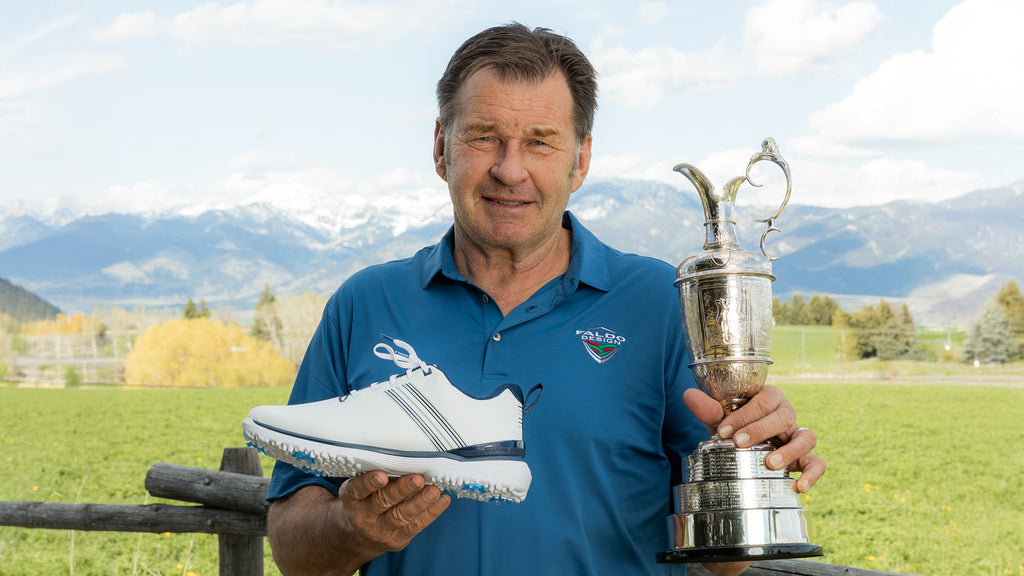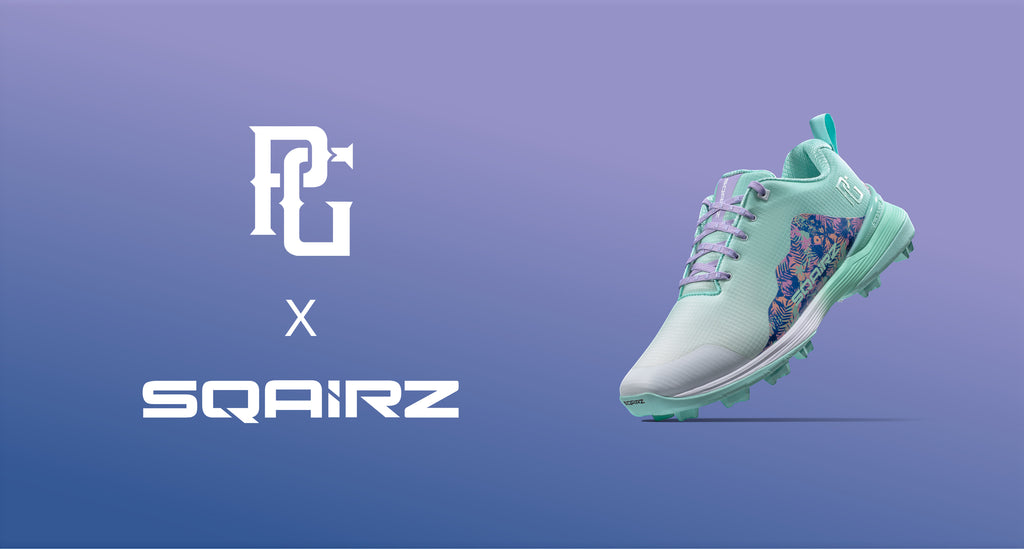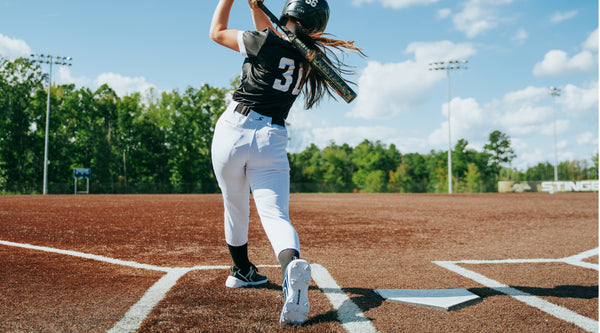Originally published on April 4, 2024 by Dr. Paul Klutts and Chad Miller.
Overview
Sixty-five males that ranged in age of 16 – 25 years of age in moderate to excellent physical condition with no documented injuries were evaluated based upon a single leg balance study for 20 seconds utilizing Nike Pegasus Shoes versus the SQAIRZ (herringbone traction pattern). The findings of the study were that there was a significant improvement in ability to stabilize the ankle joint by using the SQAIRZ over the Nike Pegasus shoe. The Nike Pegasus shoe was selected as a comparison to the SQAIRZ because the Nike Pegasus is provided to Nike contracted Universities as the training shoe of choice for the Nike brand. It is the most comparable shoe for the intended purpose of the SQAIRZ, which is based upon a neutral chassis and a multi-purpose tread pattern.
Definitions
Wobble – Translation of the ankle from side to side.
Duration of the Study – 20 Seconds
Method
The participants were all asked to participate in the following activation routine prior to the study being conducted:
1. Jog (50% effort) 2 x 10 yards
2. Lateral Lunge 2 x 10 yards
3. Power Skip 2 x 10 yards
4. Sprint 2 x 10 yards
The participants of the study were asked to stand with their feet facing forward and with a measured distance of twelve inches between their first metatarsal heads. In the first study the athletes were provided with Nike Pegasus training shoes with a digital insole measuring device under the factory insole of the shoe.
Right Leg Series 1 – Nike Pegasus
The participant was then asked to stand first on the right leg with the left leg lifted into a position where the left leg came to a 90-degree angle at the knee joint. The participant was then asked to remain in that position for a period of 20 seconds. The participants also were asked to keep their hands with their right and left hands interlocked with the fingers and situated at the midline of the body with their eyes open. The evaluator stood three feet behind the participant and monitored the wobble of the ankle visually and counted the number of times that the participants ankle translated from side to side. These numbers were then corroborated with the information from the digital insole platform at the conclusion of the study.
Left Leg Series 1 – Nike Pegasus
The participant was then asked to stand first on the left leg with the right leg lifted into a position where the left leg came to a 90-degree angle at the knee joint. The participant was then asked to remain in that position for a period of 20 seconds. The participants also were asked to keep their hands with their right and left hands interlocked with the fingers and situated at the midline of the body with their eyes open. The evaluator stood three feet behind the participant and monitored the wobble of the ankle visually and counted the number of times that the participants ankle translated from side to side. These numbers were then corroborated with the information from the digital insole platform at the conclusion of the study.
Rest Period
The participants were given a 15-minute break where they were asked to sit down immediately following the first series of tests. At the conclusion of their rest period the participants were then asked to re-activate following the same protocol as series 1:
1. Jog (50% effort) 2 x 10 yards
2. Lateral Lunge 2 x 10 yards
3. Power Skip 2 x 10 yards
4. Sprint 2 x 10 yards
Right Leg Series 2 – SQAIRZ
The participant was then asked to stand first on the right leg with the left leg lifted into a position where the left leg came to a 90-degree angle at the knee joint. The participant was then asked to remain in that position for a period of 20 seconds. The participants also were asked to keep their hands with their right and left hands interlocked with the fingers and situated at the midline of the body with their eyes open. The evaluator stood three feet behind the participant and monitored the wobble of the ankle visually and counted the number of times that the participants ankle translated from side to side. These numbers were then corroborated with the information from the digital insole platform at the conclusion of the study.
Left Leg Series 2 – SQAIRZ
The participant was then asked to stand first on the left leg with the right leg lifted into a position where the left leg came to a 90-degree angle at the knee joint. The participant was then asked to remain in that position for a period of 20 seconds. The participants also were asked to keep their hands with their right and left hands interlocked with the fingers and situated at the midline of the body with their eyes open. The evaluator stood three feet behind the participant and monitored the wobble of the ankle visually and counted the number of times that the participants ankle translated from side to side. These numbers were then corroborated with the information from the digital insole platform at the conclusion of the study.
Findings
The findings of the study showed that the SQAIRZ proved to improve stability and reduce wobble in the right leg of the participants by 32.6% and 29.57% in the left leg. The average wobble on the right leg in series number 1 using the Nike Pegasus was an average of 7.26 wobbles per 20 seconds and
4.89 wobbles per 20 seconds in series 2 utilizing the SQAIRZ. The average wobble in the left leg of the participants in series 1 using the Nike Pegasus was 7.98 and the average wobble in series 2 using the SQAIRZ was 5.62 per 20 seconds (Please reference the Table below).

Average Right Wobble - Nike: 7.26
Average Right Wobble - SQAIRZ: 4.89
Average Right Wobble Improvement: 2.37
Percentage Improvement: 32.64%
Average Left Wobble - Nike: 7.98
Average Left Wobble - SQAIRZ: 5.62
Average Left Wobble Improvement: 2.36
Percentage Improvement: 29.57%
Conclusion
Based upon the findings of this study the SQAIRZ displayed a significant improvement of an average of 31% between the left and right legs in stability and reduction of wobble. A hypothesis can be made that these findings can assist people that wear the SQAIRZ in balance, stability, athletic performance, and reduce the risk of slip and fall due to poor stability of the ankle joint.



